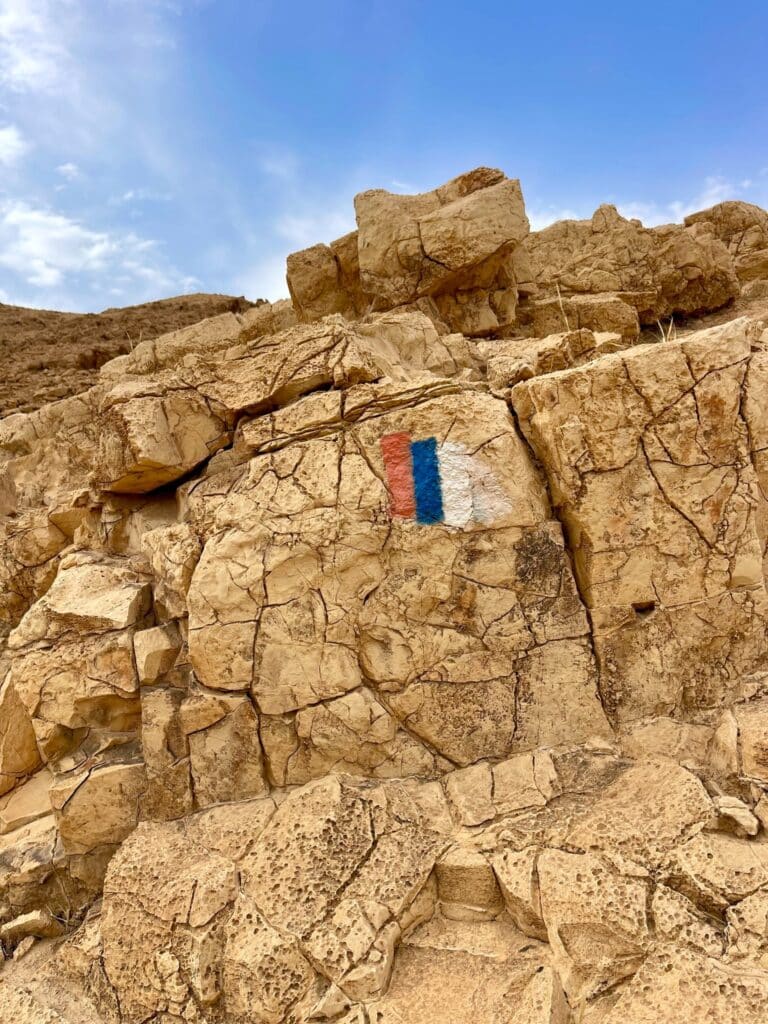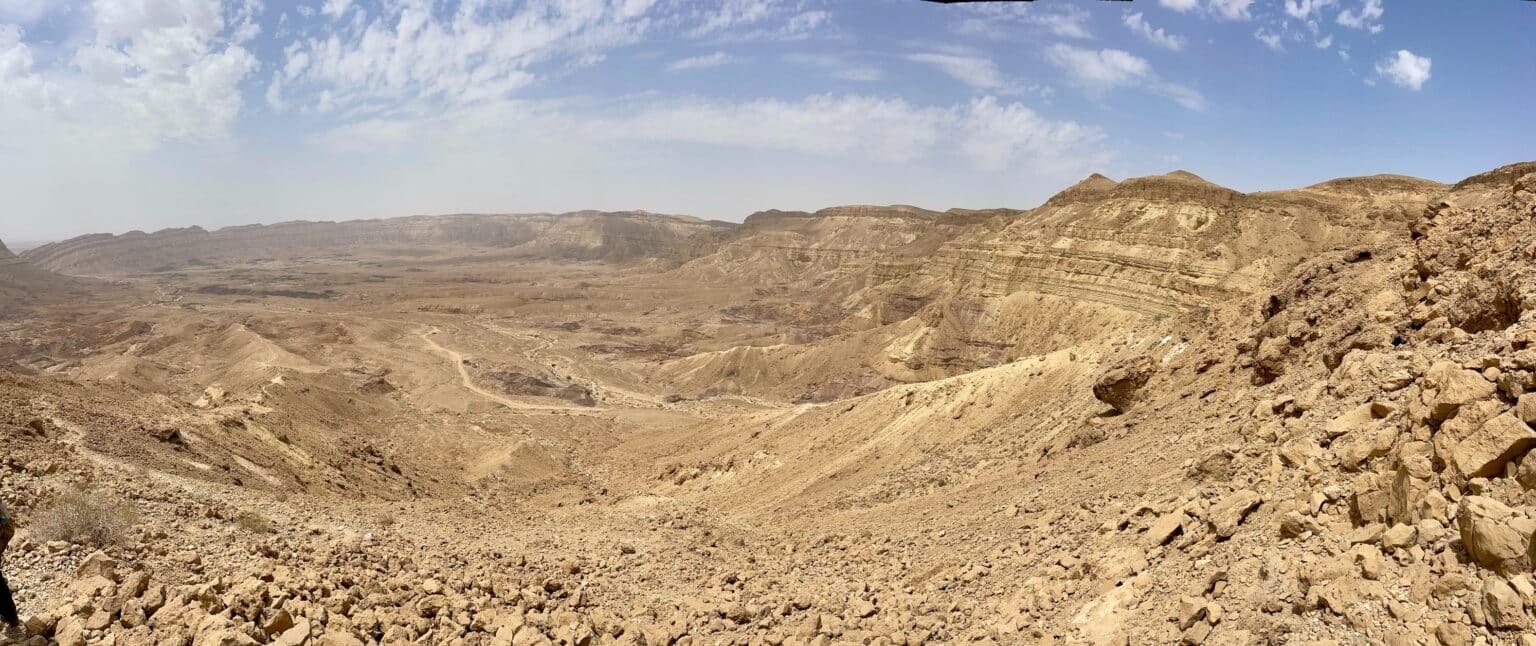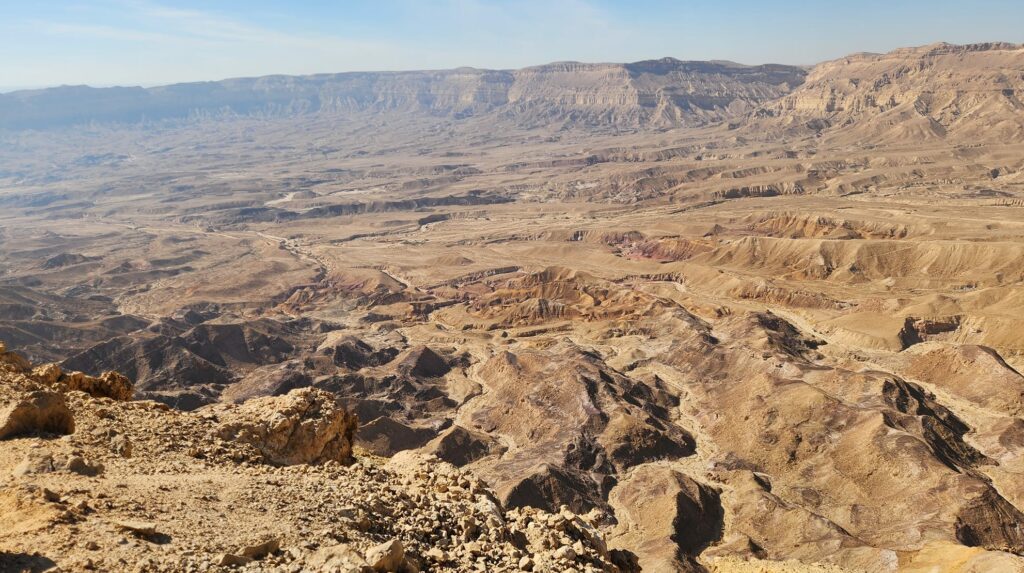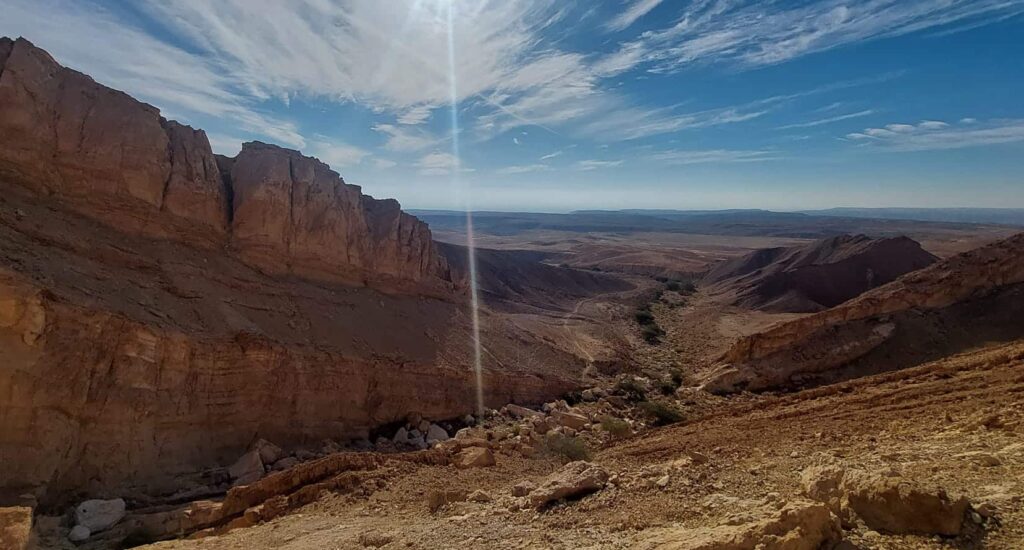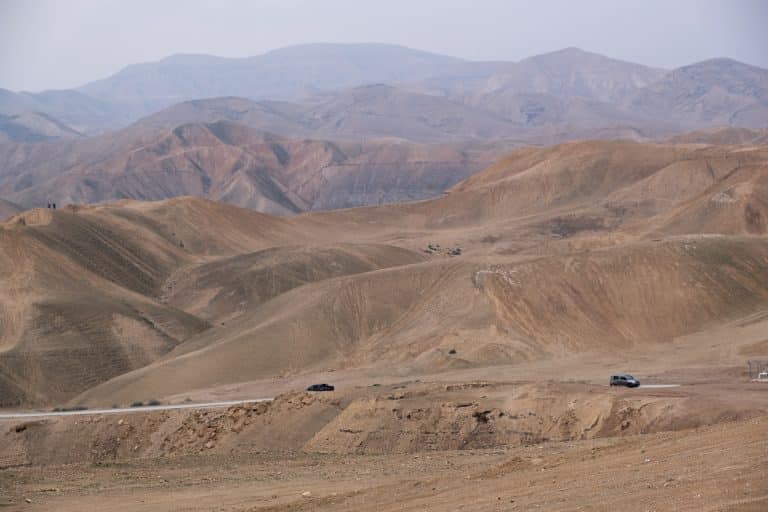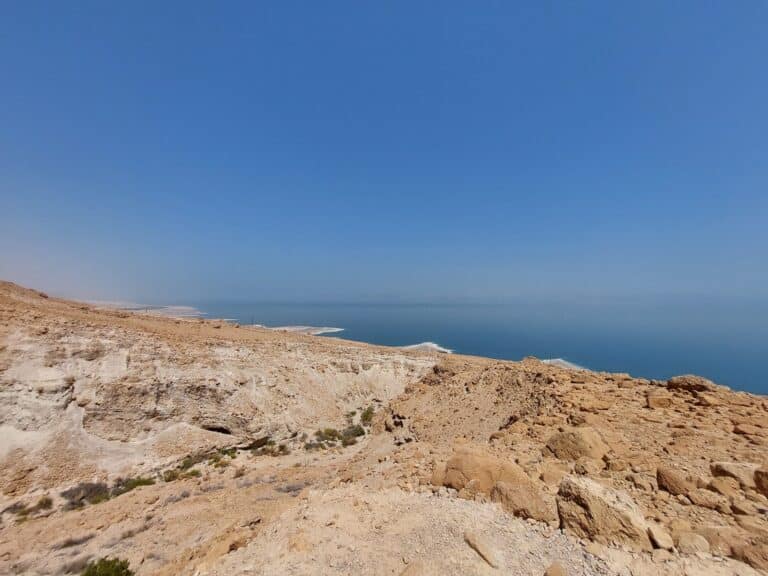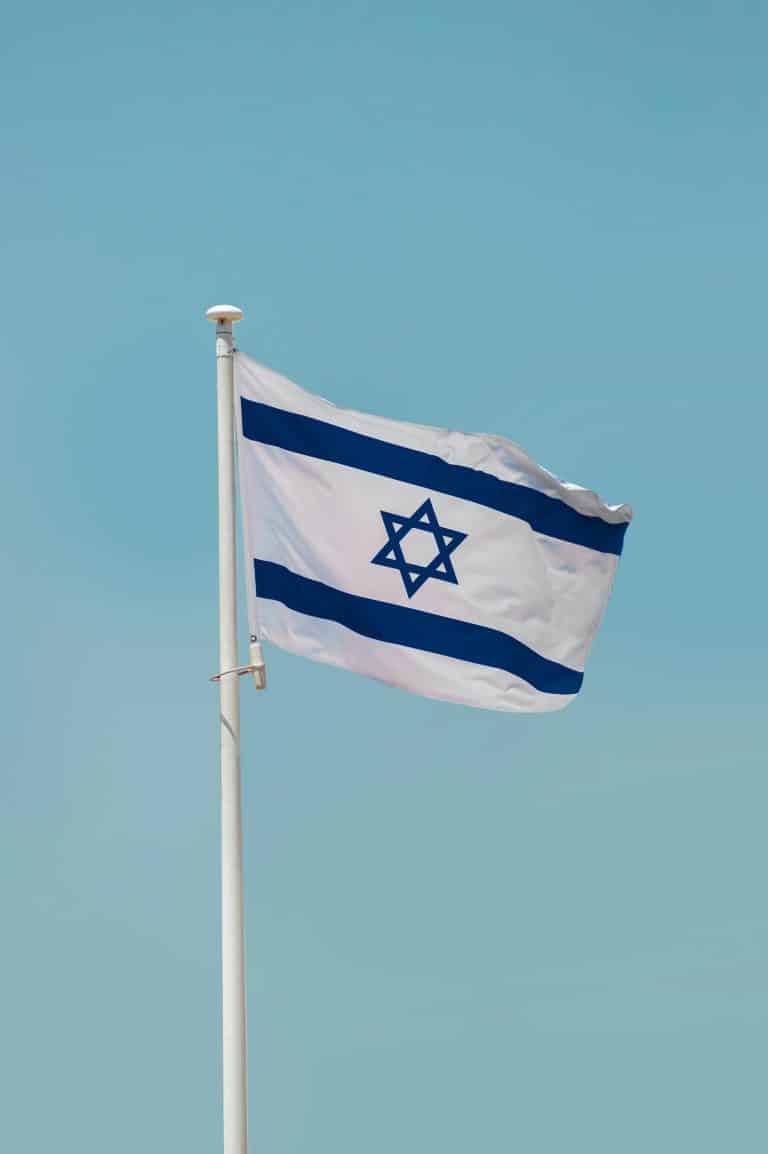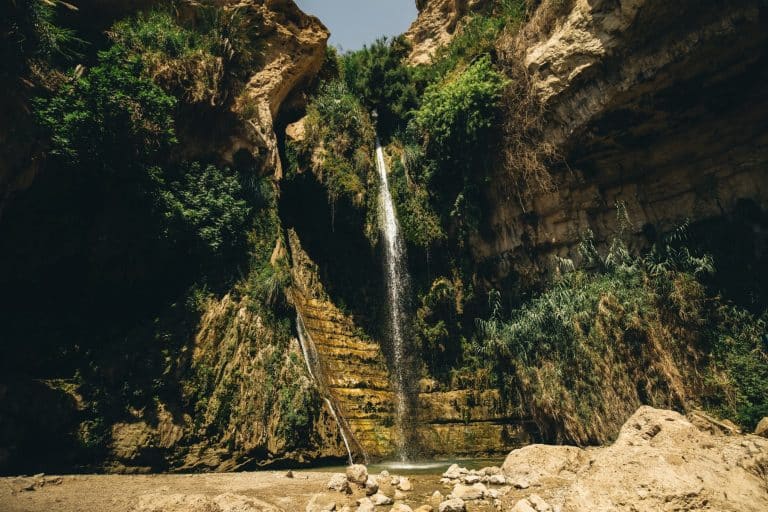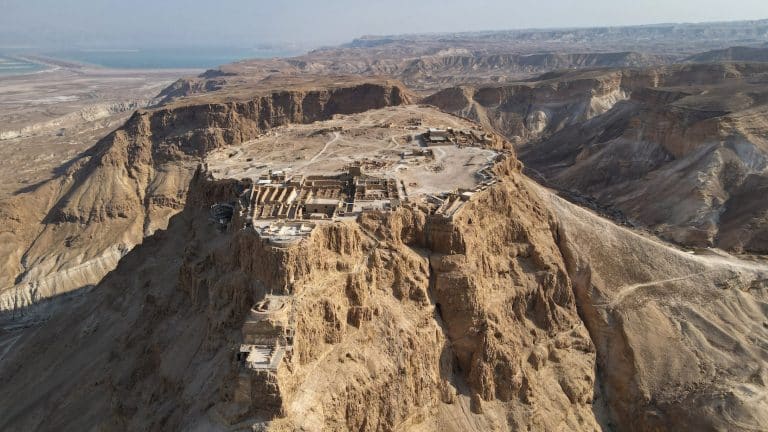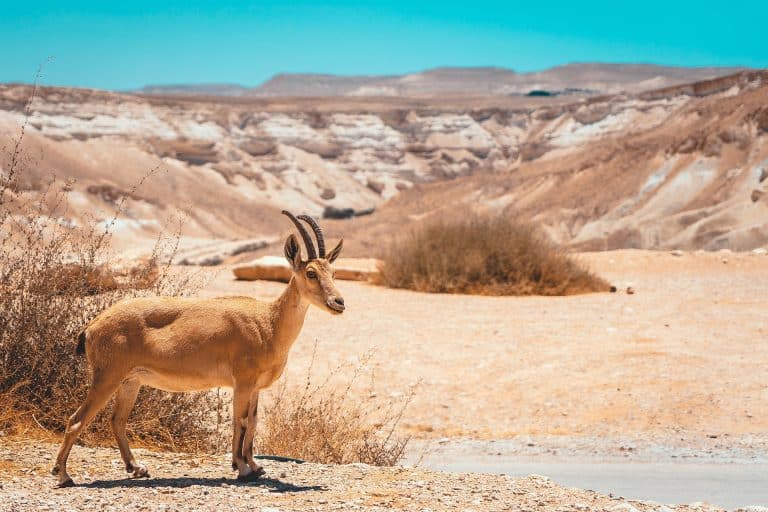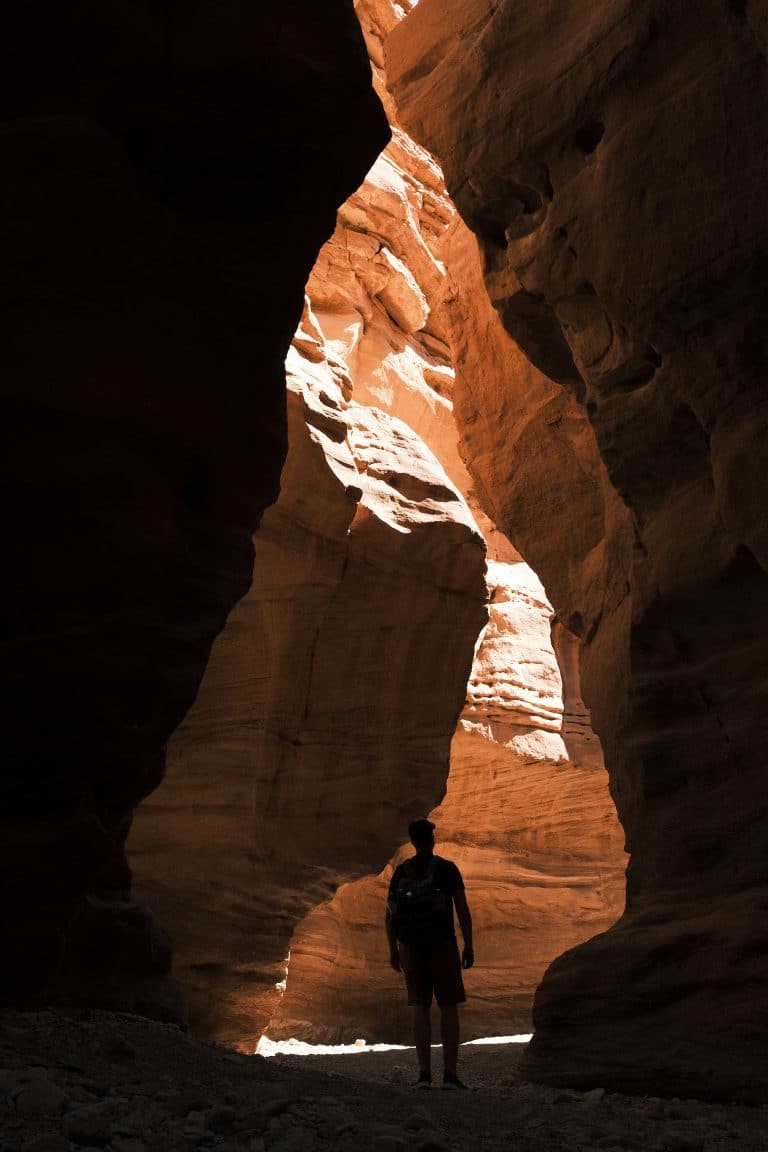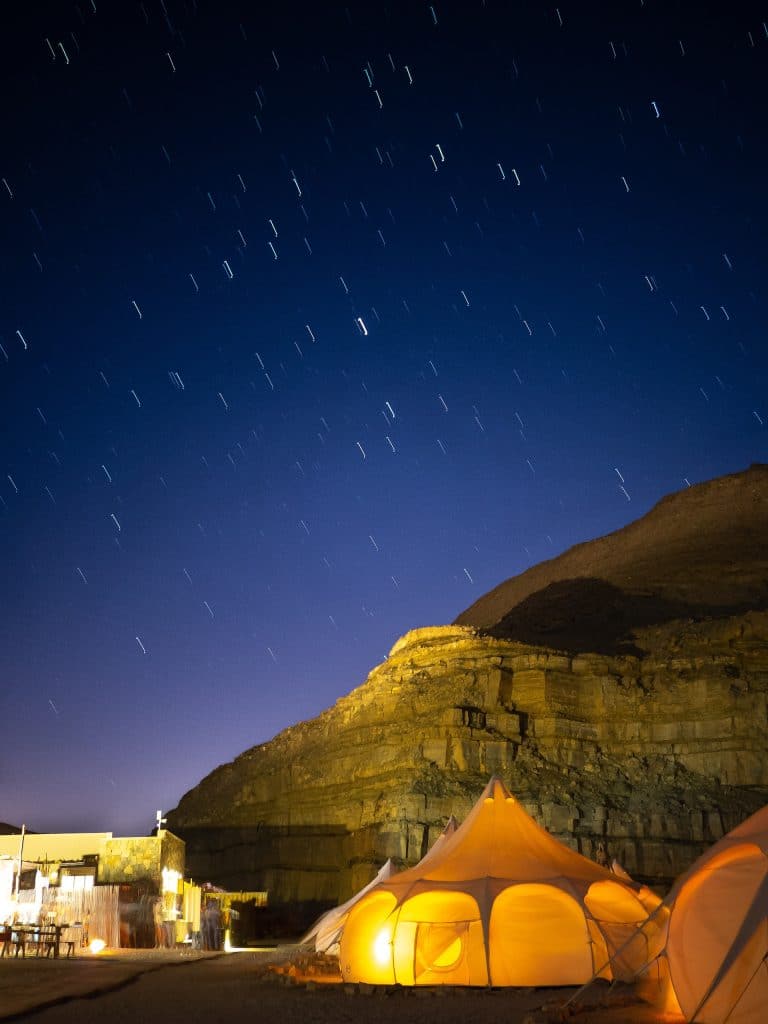Although not as famous as the Ramon Crater and not as big as the Big Crater, the Small Crater, the smallest and easternmost of the main craters of Israel, is an incredible visit on its own, and one of the best ways to experience the desert in Israel to the fullest. Here is our full guide for your visit to the Small Crater, with all of the important information and the best things to do here.
Get to know the Small Crater
The crater’s formation process
The Small Crater, just like its larger brothers: the Big Crater and the Ramon Crater (and its additional 5 smaller, less impressive brothers in the Negev and Sinai, is an erosion crater, a unique phenomenon that can only be found in this part of the world, as the form of formation of other craters around the world is different from that of the small crater and its brothers. So How was it created?
Millions of years ago, this area of the desert in Israel, (like most other areas of the country), was covered by a sea called the Tethys Ocean. Through the years, animals died, sank, and their skeletons made of calcium were left on the bottom of the ocean. Over millions of years, this calcium turned into the rock we know today as limestone.
Later on, the sea receded and sand that originated from the weathering of ancient mountains formed by the slow rise of lava to the surface was sunk into the limestone. Then, the limestone was weathered by winds and rain. This process repeats itself and we have a sort of large sandwich of limestone layers and sandstone layers.
In addition to this process, large pressures were applied to the entire area, which caused the surface to fold into waves. The direction of the waves was northeast-southwest. The waves extend from North Sinai to the Hatzera ridge where the Small Crater is located.
Because of the folding, small cracks sometimes formed in the waves. Then, the rain found its way into the cracks and widened them. In the layer of limestone rock, the crack grows slowly and depends on the melting rate of the limestone, but when the water reaches the layer of sandstone, it swells and easily sweeps the sand away with it.
Thus we have a strange situation where the limestone layer is still standing but the sand underneath is no longer there. Then, when the chalk can no longer bear its weight it falls and collapses. and enlarges the crack which has meanwhile become a crater. In many millions of years, the weathering process just continues and enlarges the crater more and more.
The features of the Small Crater
The shape of the crater is almost round. Its maximum length reaches about 8 km/5 miles, its width about 6 km/3.7 miles, and its depth about 400 meters/0.25 miles.
Nahal Hatzera is the stream that drains the small crater towards Nahal Zin, which flows all the way to Sde Boker, and the Arava Region. The stream passes through an opening in the southeastern wall of the crater. The small crater is known for its colorful sandstone, which varies between white, gray, brown, yellow, red, purple, and more. The unique stone colors are the result of the tiny amounts of iron oxides in the stones.
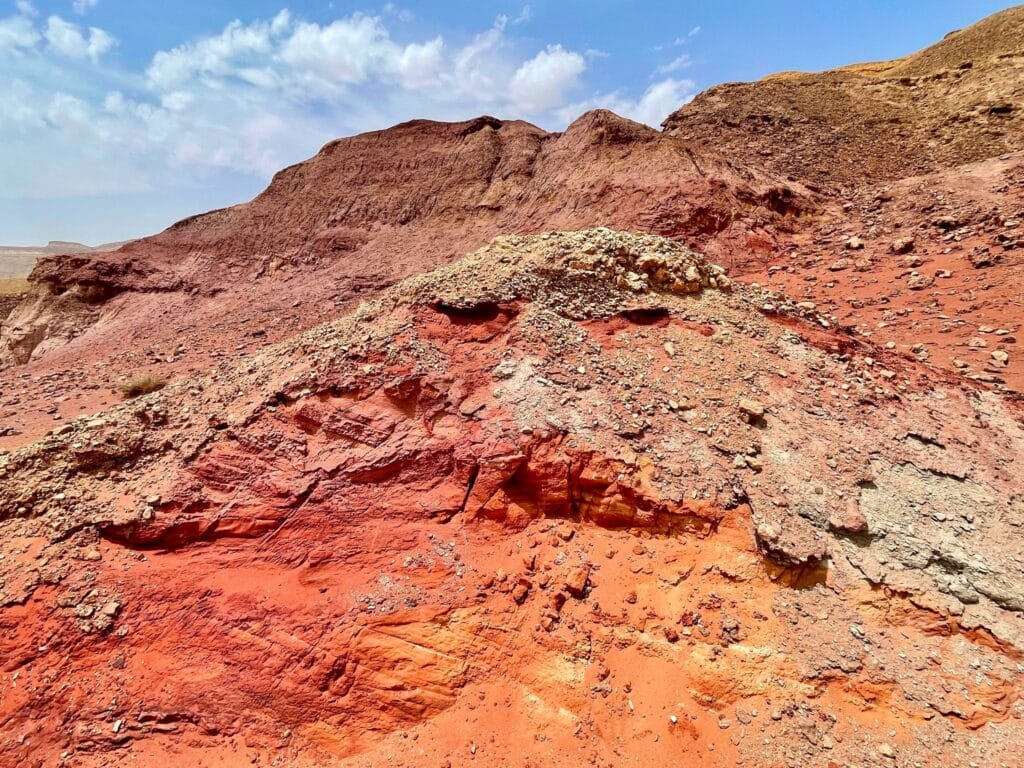
Best hikes in the Small Crater
The colored sands
Length: 3.1 km/2 miles
The colored sand hike in the Small Crater is a circular track that starts at the parking lot at the entrance to the crater next to the Ashmedai Gate. From here you start walking about 500 meters/1,640 feet with the red trail markings until the blue-red trail marking intersection, where you will turn and continue on the blue trail, which is also the route of the Israel National Trail that runs here along the crater.
We will walk on the blue trail for about 450 meters/1,476 feet to the junction marked with blue and black trails. Here, we will turn with the black path to the left and it will take us for a walk between magnificent colorful hills and rocks.
On the black trail marking, we will walk about 600 meters/2,000 feet until we meet again with the blue one, where we will turn right with the blue trail and walk on it for about one kilometer/0.6 miles until we meet with the red trail marking where we started the route. From here we have to walk about 500 meters/1,640 feet on the way we started until we reach the car waiting for us at the end of the route.
Ma’ale Elli
Length: 7 km/4.3 miles each way
A route that is also part of the Israel National Trail, which also starts at Haashamedai Gate at the entrance to the Small Crater. From here you will walk about 6 km/3.7 miles inside the small crater until you reach Ma’ale Elli, which is considered the most beautiful viewpoint of the crater.
This is a route with a cumulative upward trend of up to 500 meters/1,640 feet. The climb here is quite challenging, as in some parts of the route, you will also need to use pegs. You have to take into account that this section is mostly suitable for experienced hikers since the steep climb here is not so suitable for those who have a fear of heights.
At the end of the road, you will reach a spectacularly beautiful viewpoint, which will undoubtedly justify the long way up, and enjoy the stunning views of the Israeli desert.
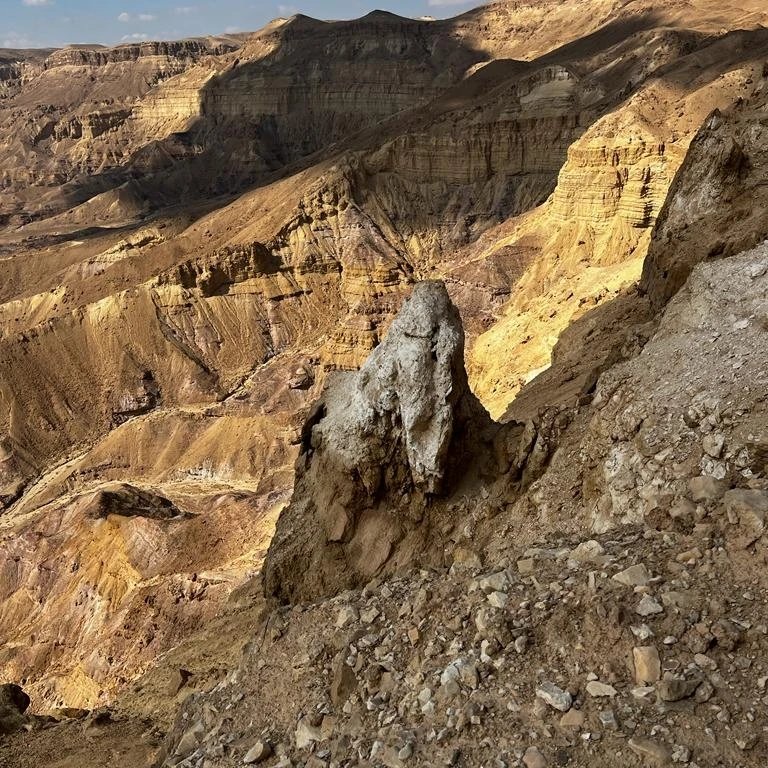
Wadi (Nahal) Mazar and Nahal Hatzera
Length: 16 km
The Nahal Mazar and Nahal Hatzera trail is suitable for experienced hikers only, mainly because the route starts with a very steep and challenging climb. The route starts from the Nahal Tamar campground, from where you must drive 5.8 km/3.6 miles to the red and green trail marking intersection – the beginning of the Nahal Mazar route.
Keep in mind that this is a dirt road that can be passed by any vehicle, but be very careful. For those of you who come with another vehicle, you can drive it another 3.8 km to the Ashmedai gate parking lot, where we will finish the route, and make it a shorter hike of 11 km/6.8 miles instead.
We will start walking on the green trail markings and soon we will cross the Mazar stream and start walking in an upward direction. The ascent here is very steep and the view from here is breathtaking. Don’t be surprised if in this section you will find yourself climbing and using your hands because the ascent here is very steep.
If you arrive here after a flood you can enjoy a series of amazing natural pools where you can swim and cool down. The route continues climbing with short sections in a downward trend. The full length of the climb in Nahal Mazar is about 3.7 km/2.3 miles until reaching the edge of the small crater from where you will enjoy breathtaking views of the whole crater. In addition, when looking in the other direction you will see the Dead Sea and the Gilead mountains.
After the observation point, which is also a great location to stop to refresh yourself from the continuous ascent of Nahal Mazar, we will walk about 2.2 km/1.3 miles on a comfortable path with the breathtaking view of the crater on our left and finally, we will reach the top of Ma’ale Hatzera.
At the end of Nahal Mazar, we will reach the intersection of green and blue trail markings and the Israel National Trail. We will turn left to the path that will lead us straight into the Small Crater through Ma’ale Hatzera. From here we will start walking with blue trail markings, along the path of the Israel National Trail.
The descent here is quite comfortable, although it is exposed to the sun. During your walk here, you will pass through the colored sands and descend moderately for about 5.5 km/3.4 miles until the meeting with a red-marked path. Here we will turn left and walk towards the exit from the small crater and to the Ashmedai gate parking lot. If you couldn’t leave your car here, there is a 4 km/2.5 miles walk to the car, so you can also try to get a short ride from hikers in the area.
